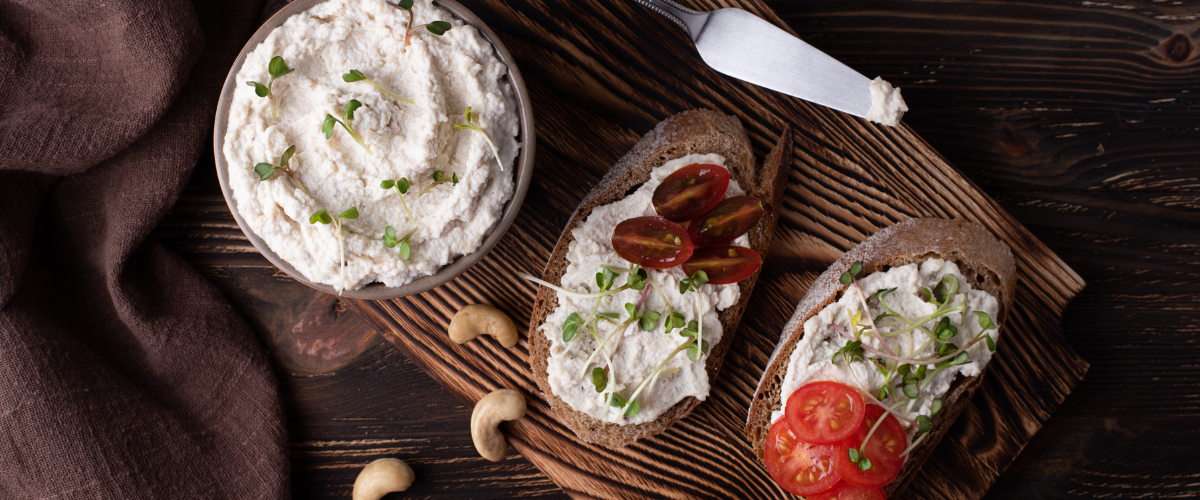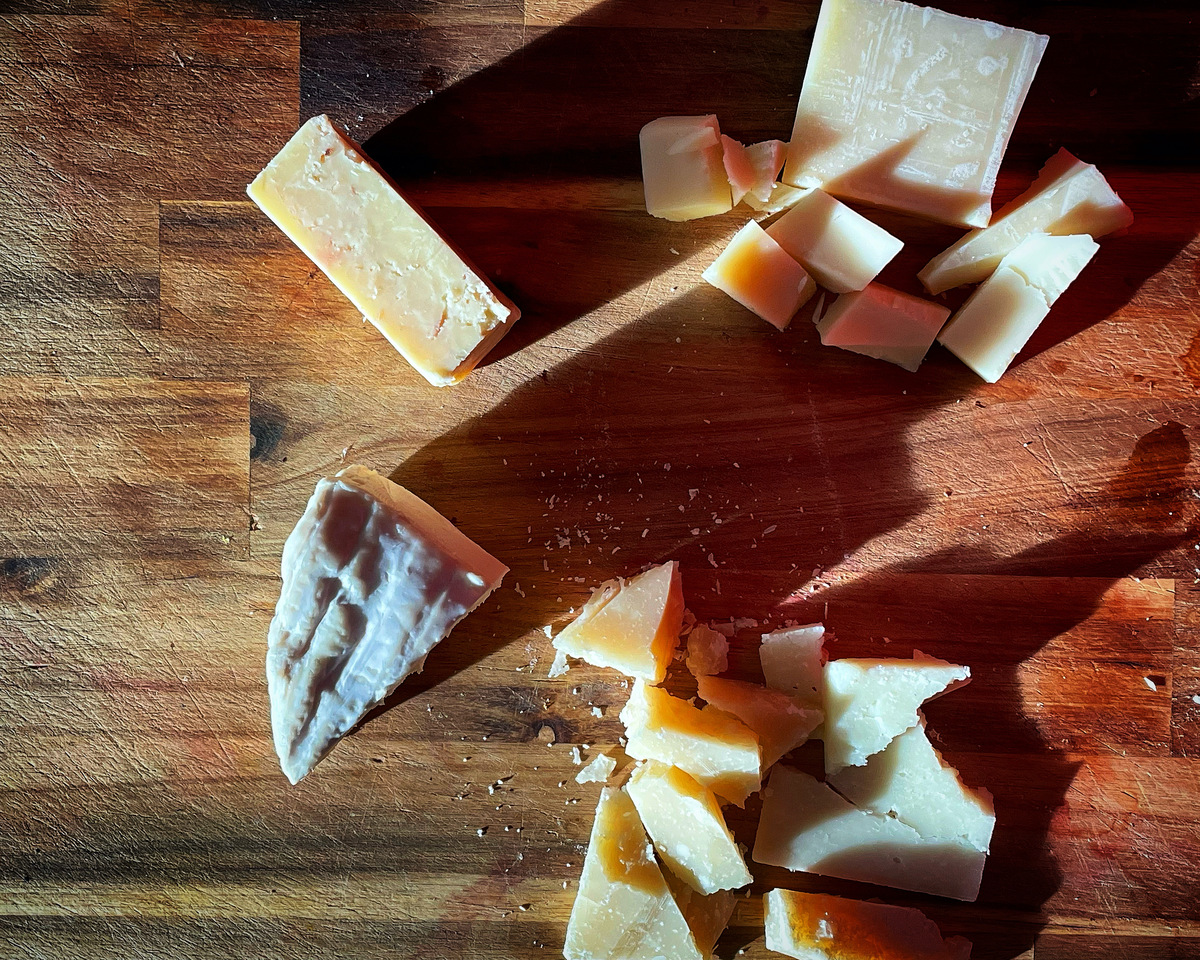Fromage Fort

You gotta love the French.
By Erin Henderson
“That’s a lot of pepper,” whispered one viewer when I hosted an online hangout for newsletter subscribers.
I was showing the group how to make Fromage Fort, an ingenious recipe for using up leftover cheese. I told them I like a little pepper in mine – apparently my little, is someone else’s lot.
And so begins the fun and frustration of trying to write a recipe for Fromage Fort. An assemblage of scraps from the larder, it’s as easy to write clear instruction for it as it is nailing spaghetti to the wall.
I first learned of this years ago when I was working at a swanky downtown restaurant. When the kitchen gave the servers the left over cheese at the end of the night, and most descended upon the board as if they hadn’t eaten in a decade, one waiter, an old Parisian man named Roger, would take his, put it in a cup, and with a little butter, whip it into a frenzy to smear on bread.
It was as curious as it was strange. And it turns out it’s Fromage Fort.
You may also like: How to Make Whipped Ricotta
Literally meaning “strong cheese” (like everything, it sounds so much better in French), the origins of the recipe are unclear, but Jacques Pepin, the revered and respected octogenarian French chef, writes he remembers being a boy and watching his dad whipping up the family’s left-over cheese with some of his mother’s leek broth and garlic for a special treat.
A quick search on the internet will reveal dozens of recipes – all more a guideline than required instruction. So much of it depends on personal taste and what bits and bobs you have in your fridge. And with that, each time you make it, you will likely get something different.
It’s such a compelling way to use up leftovers, and with the help of a food processor literally only takes a minute or two – an absolute revelation for busy hosts. Once you try it, you will look forward to rescuing the scraps from your cheeseboard.

Fromage Fort
This is a tough recipe to write because it’s truly a no-recipe recipe.
Fromage Fort turns the left-over scraps of cheese destined for the bin, into an enticing, deeply delicious, and wonderously elegant spread.
But it’s really a dealer’s choice on how you want it: like pâté, it can be silky smooth, or rustically chunky. It can be redolent with the sharp notes of raw garlic, or, as I prefer, subtly sweet by using confit garlic cloves. The addition of butter will add a rich creaminess – but maybe you don’t need it if you’ve got Brie or another triple crème cheese. That said, the cheeses themselves will direct the final taste.
Below is a rough sketch of my “recipe.” But consider it more of an exercise in trusting your own tastes.
Makes: 1 cup, for argument’s sake
Chef level: ridiculously easy
Ingredients:
- 1 cup bits and bobs of cheese (I often find myself with some kind of mix of triple crème, strong cheddar, Gruyère and Parmesan)
- ¼ cup dry white wine, such as Pinot Grigio
- 2-3 confit garlic cloves with their oil (you can also use raw garlic if you prefer)
- Salt and pepper to taste (I omit the salt as I find the cheese is salty enough)
- Optional: Butter
- Option: fresh herbs, such as thyme, parsley, dill, chopped fine.
How to Make It:
- Into a food processor add the hard cheeses (parmesan, pecorino, old cheddar etc.) and pulse a few times into sand-like crumbles.
- Add in the soft cheese (Brie, Camembert, Boursain etc.), the white wine, garlic cloves, and fresh pepper.
- Pulse a few more times, adding a bit more wine if needed, until the texture of your liking.
- Taste for seasoning and spoon into a bowl, stirring through the chopped herbs, if using.
Wine Pairing:
Again, this could really go any which way depending on the final taste of your Fromage Fort. A blue cheese heavy spread might work better with Port, where as a triple crème dominated blend would be delightful with a dry Riesling.
When in doubt, reach for a brut (dry) Champagne or sparkling wine, the high acidity with mop up the fat from the cheese, while the rich dairy will soften the sharp angles of the wine.
